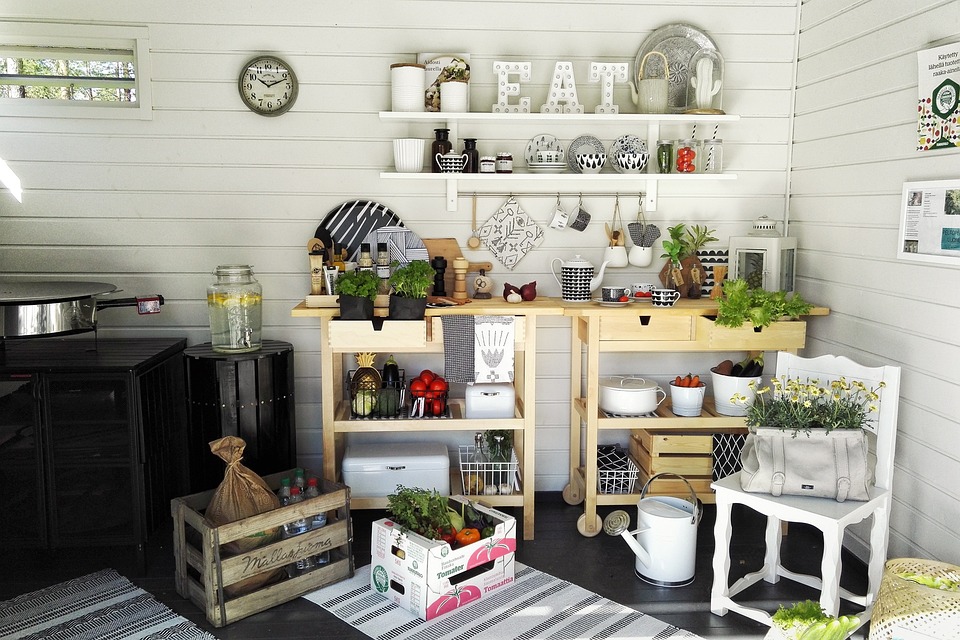Choosing the right paint colors for your home is a significant decision that can affect your space’s overall look and feel. The colors you choose can impact your mood, the perceived size of a room, and even the resale value of your home. Here’s a comprehensive guide to help you choose the right paint colors for your home.
Understanding Color Theory
Before you start picking out paint swatches, it’s essential to have a basic understanding of color theory.
- Hue: This refers to the pure color. For instance, red, blue, and yellow are hues.
- Value: This is the lightness or darkness of a color. Colors with high value are lighter, while those with low value are darker.
- Saturation: This is the intensity of a color. Highly saturated colors are vivid, while colors with low saturation appear more muted.
Understanding these elements will help you better articulate what you’re looking for and understand professional advice and descriptions on paint cans and swatches.
Assess the Space
- Lighting: The type of lighting in a room can dramatically affect how a color looks. Natural lighting from windows will show the true color of paint, while artificial lighting can alter its appearance. For example, incandescent bulbs tend to bring out warm tones, while fluorescent lighting can accentuate cooler tones.
- Room Size: Light colors can make a small room feel more spacious, while darker colors can create a cozy, intimate atmosphere. Consider the functional needs of the area and whether you want it to feel larger or more contained.
- Purpose of the Room: Different colors evoke different moods. Calm, softer colors like blues and greens are excellent for bedrooms and bathrooms, promoting relaxation and tranquility. Energetic colors like reds or oranges can be suitable for areas like a playroom or kitchen.
Choosing a Color Palette
- Monochromatic: This color scheme uses different shades, tints, and tones of a single hue. It offers a clean and sophisticated look that can make a room look elegant and expansive.
- Analogous: This involves colors that are next to each other on the color wheel, such as blue and green or red and orange. This scheme is pleasing to the eye and offers more variety than a monochromatic palette.
- Complementary: These colors are opposite each other on the color wheel (e.g., blue and orange, red and green). This high-contrast scheme can make a room look more vibrant and lively.
Practical Steps for Choosing Paint Colors
- Start with a Focal Point: It could be a piece of furniture, a work of art, or an architectural feature that you love. Pull colors from that focal point to create a cohesive look.
- Use Testers: Buy small samples of a few different colors you’re considering and paint them on the walls. Observe how they look at different times of the day to see how changing light affects the color.
- Understand Undertones: Sometimes, a color may have undertones of other colors, making it look different than you expect once it’s on the wall. Always check a sample in your own space to be sure.
- Balance Bold Choices: If you’re using a bold or dark color, consider balancing it with lighter or neutral colors to avoid overwhelming the space.
Special Considerations
- Ceiling Color: While white is a common choice, don’t shy away from experimenting. A subtle blue or lavender can make a room feel taller, while a darker color can create a cozy effect.
- Flow Between Rooms: If you have an open floor plan or rooms that connect, ensure that there is a smooth flow between spaces by using colors that complement each other.
- Trim and Doors: These elements can either blend with the walls or stand out as features in their own right. A classic white or off-white trim can offer a clean look, while a contrasting color can add character.
Trends vs. Timeless Choices
While it’s tempting to go with trendy colors, consider how long you plan to keep the color and whether it aligns with the overall style and aesthetic of your home. Timeless color choices such as neutrals can be more versatile and appealing to future buyers.
Sustainable and Healthy Choices
More homeowners are becoming conscious about the health and environmental impact of their paint choices. Look for paints that are low-VOC (Volatile Organic Compounds) or VOC-free to ensure you’re making an environmentally friendly and health-conscious decision.
Hiring a Professional
Sometimes, the wide array of choices can be overwhelming, and you might find yourself stuck or second-guessing your choices. Hiring a professional color consultant or interior designer can provide expert advice and a fresh perspective. They can ensure that the colors you choose not only look great individually but also work well together throughout your home.
Conclusion
Choosing the right paint colors for your home is not just about picking out what looks good in a store. It requires a thoughtful consideration of color theory, the specific characteristics of your space, and how colors affect mood and perception. Whether you lean towards classic neutrals or bold hues, ensuring that your choices reflect your style and the function of each room will help create a harmonious and inviting home environment. Take your time, use samples, and don’t be afraid to step outside your comfort zone. The right paint colors can transform your home in ways you might never have imagined.


